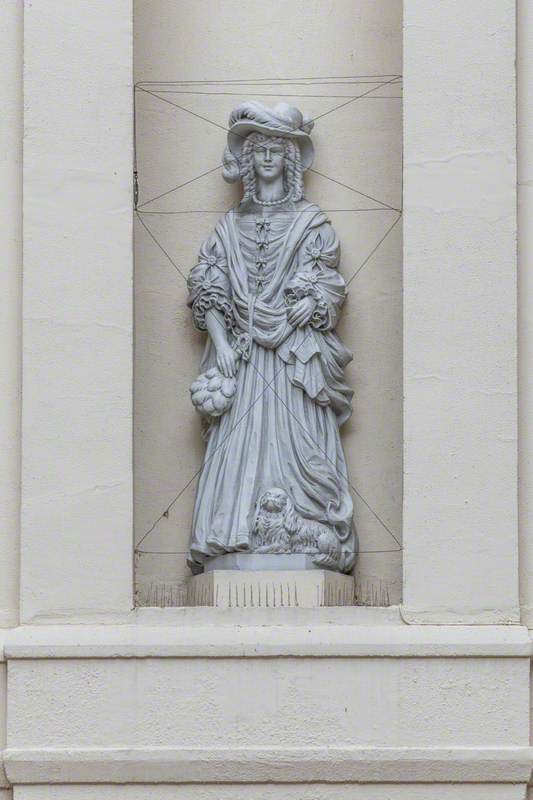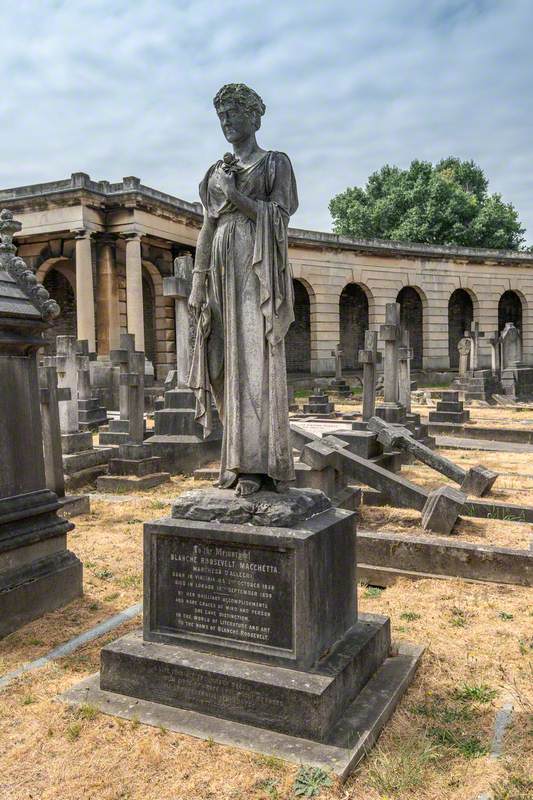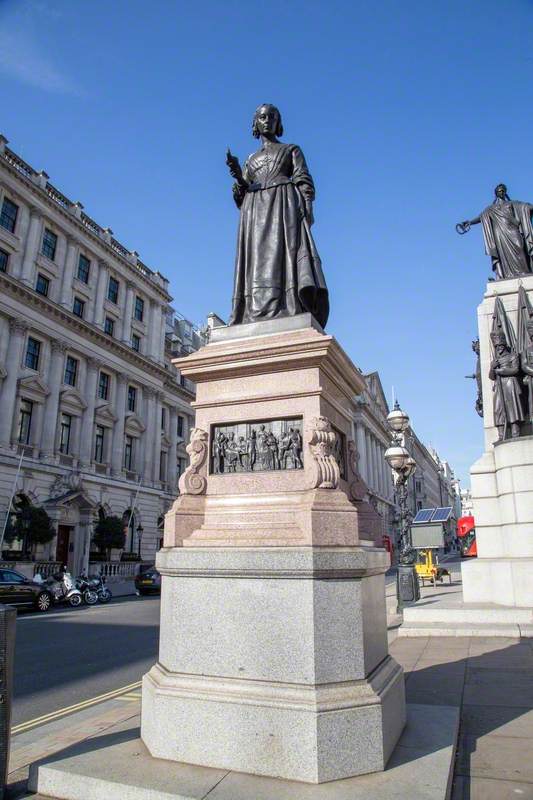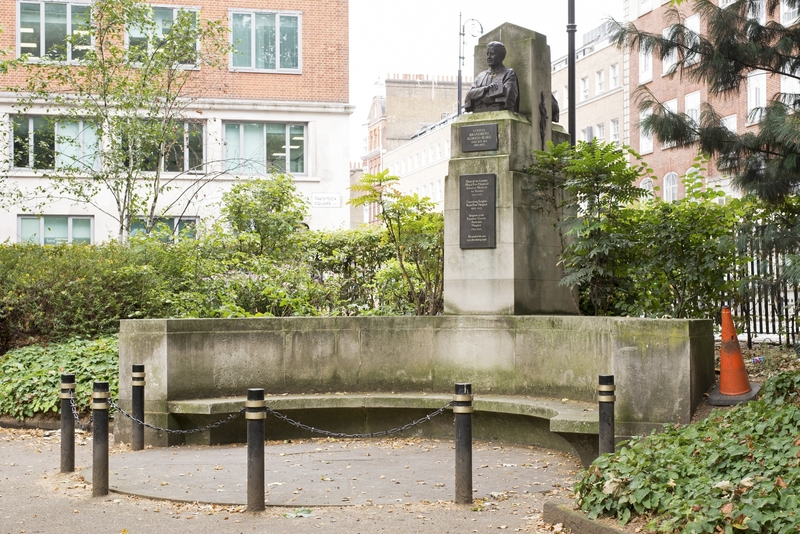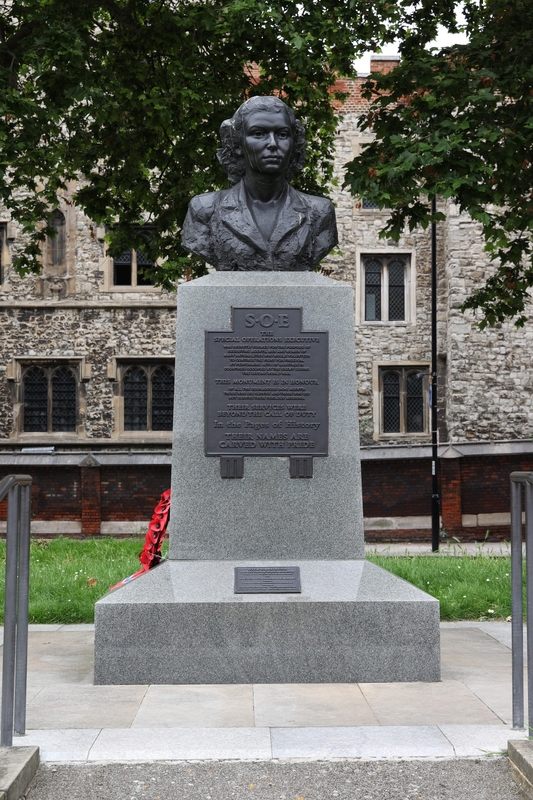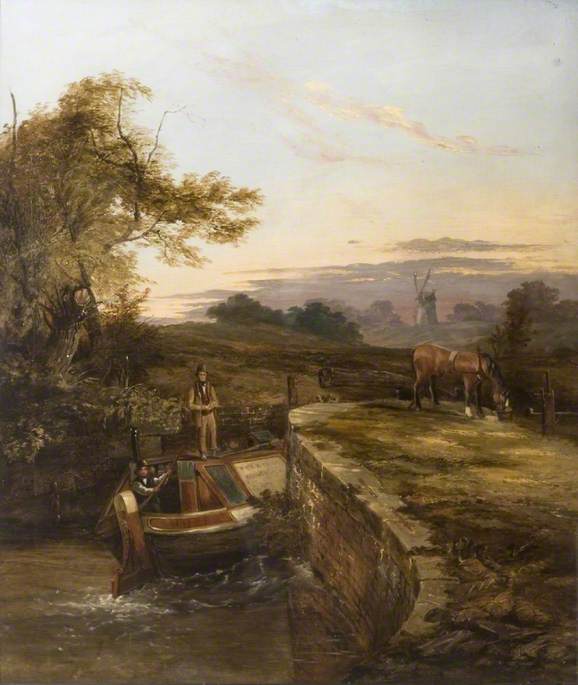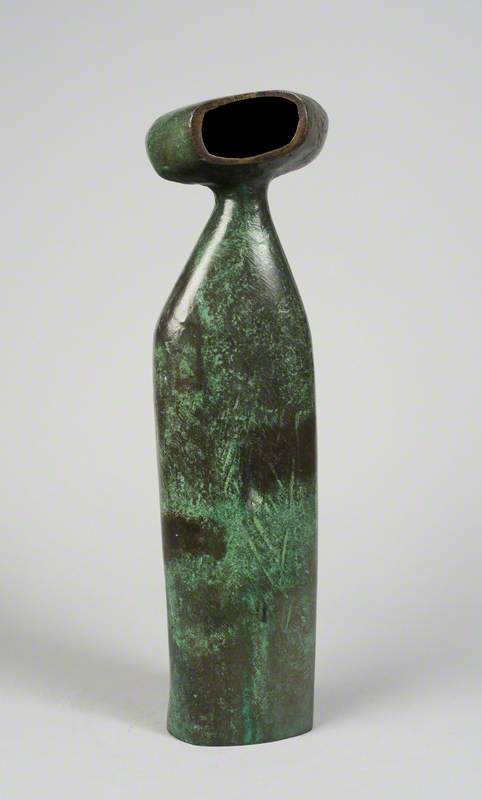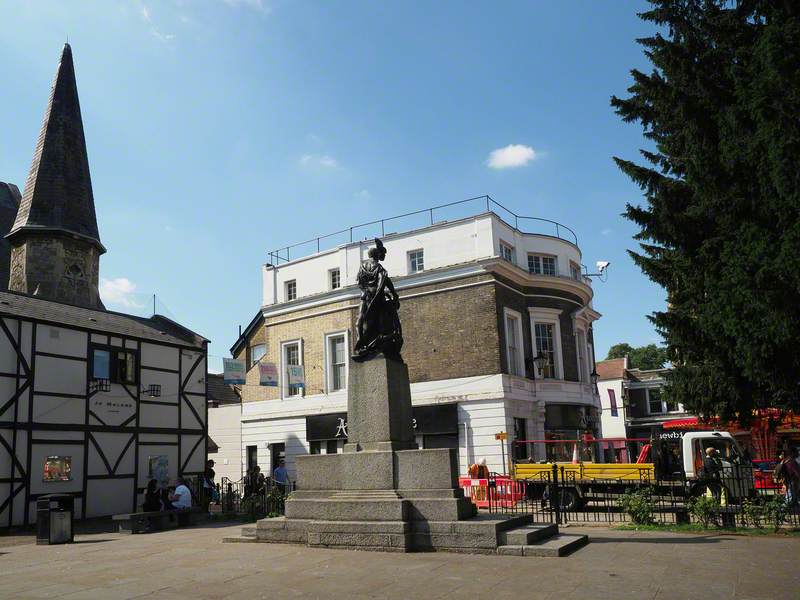The women depicted and commemorated in these public artworks in London were pioneers in their chosen fields. Each one had a remarkable life and paved the way for the women who came after them.
-
Nell Gwynn (1650–1687)
Nell Gwynn (1650–1687) 1937Eleanor Gwynn was one of the first actresses on the English stage at a time when women's parts had traditionally been played by boys or men. She soon became a popular comic actress, before she became best known for being a long-time mistress of King Charles II of England and Scotland.
This statue of Nell Gwynn, with a Cavalier King Charles spaniel at her feet, was installed in 1937 in a high alcove above the main entrance to a ten-storey block of flats in Sloane Avenue, Chelsea, called Nell Gwynn House. It is believed to be the only statue of a royal mistress in London.
George Kay Green (1877–1937)
Stone
-
Blanche Roosevelt Macchetta (1853–1898)
Tomb of Blanche Roosevelt Macchetta 1899Blanche Roosevelt was an American opera singer, author and journalist. She is best remembered for creating the role of Mabel in 'The Pirates of Penzance' by Gilbert and Sullivan when the opera premiered on Broadway in 1879. She had made her singing debut at the Royal Italian Opera House, Covent Garden, London, as Violetta in 'La Traviata' in 1876, where she was billed as Mlle Rosavella.
After retiring from the stage she began a career in journalism and literature, publishing a number of books, including 'The Life and Reminiscences of Gustave Doré' (1885) for which she was reportedly the first American woman honoured by the French Academy.
Roosevelt is buried in Brompton Cemetery, London, where this statue of her was erected on her grave.
unknown artist
Marble & granite
H 184 cm
-
Margaret MacDonald (1870–1911)
Mrs Ramsay MacDonald Memorial Seat c.1911Margaret Ethel MacDonald (née Gladstone) was a British feminist and social reformer. Her husband was politician Ramsay MacDonald (1866–1937), one of the three principal founders of the Labour Party in 1900. Margaret was a keen socialist, influenced by the Christian socialists and the Fabian Society. She was concerned about the need for skilled work and training for women and played a key part in establishing the first trade schools for girls in 1904.
This memorial to Margaret MacDonald was designed by her husband, and sculpted by Richard Reginald Goulden. It was unveiled in 1914 in the garden of Lincoln's Inn Fields, London.
Richard Reginald Goulden (1876–1932) and Ramsay MacDonald (1866–1937)
Granite & bronze
H 131 x W 368 x D 150 cm
-
Florence Nightingale (1820–1910)
Florence Nightingale (1820–1910) 1911–1915Florence Nightingale was a an English social reformer, statistician and is considered to be the founder of modern nursing. Amongst her achievements was, in 1860, laying the foundation of professional nursing with the establishment of her nursing school at St Thomas' Hospital in London, the first secular nursing school in the world. It is now part of King's College London. She came to prominence during her lifetime while serving as a manager and trainer of nurses during the Crimean War, in which she organised care for wounded soldiers at Constantinople.
This statue of Nightingale by Arthur George Walker stands in Waterloo Place, Westminster, London, just off The Mall.
Arthur George Walker (1861–1939) and Fiorini Foundry and T. H. Wyatt
Bronze & red granite
H 275 cm
-
Margaret Damer Dawson (1873–1920)
Margaret Damer Dawson Memorial Bird Bath 1933Margaret Damer Dawson OBE was a prominent anti-vivisectionist and philanthropist who co-founded the first British women's police service. She founded (in 1915) and led the Women's Police Service (renamed the Women's Auxiliary Service after the First World War).
This bird bath, installed in Cheyne Walk close to her home, was organised by Miss St John Partridge and designed by Charles Pibworth. It includes a quote from The Rime of the Ancient Mariner: 'He prayeth best who lovest best all things great and small'.
Charles James Pibworth (1878–1958)
Portland stone
H 138 x W 62 x D 62 cm
-
Louisa Aldrich-Blake (1865–1925)
Dame Louisa Aldrich-Blake (1865–1925) 1926Dame Louisa Brandreth Aldrich-Blake was a pioneering surgeon and one of the first British women to enter modern medicine.
Louisa graduated in medicine from the Royal Free Hospital in 1893, then obtained her Master of Surgery degree. She was a lead surgeon by 1910. Louisa volunteered for military medical service during the First World War. She was one of the first people to perform surgery on rectal and cervical cancers.
This commemorative sculpture is in Tavistock Square, London.
Edwin Landseer Lutyens (1869–1944) and Arthur George Walker (1861–1939)
Stone & bronze
H 85 x W 59 x D 40 cm
-
Noor Inayat Khan (1914–1944)
Noor Inayat Khan (1914–1944) 2012Noor-un-Nisa Inayat Khan was a British spy in World War II who served in the Special Operations Executive (SOE). Under the codename 'Madeleine' she became the first female wireless operator to be sent from the UK into occupied France to aid the French Resistance during World War II. She was captured after being betrayed, and executed at Dachau concentration camp. She was posthumously awarded the George Cross for her service in the SOE, the highest civilian decoration in the UK.
This commemorative bronze bust was unveiled by the Princess Royal on 8 November 2012 in Gordon Square Gardens, Bloomsbury, London.
Karen Newman (b.1951)
Bronze & slate
